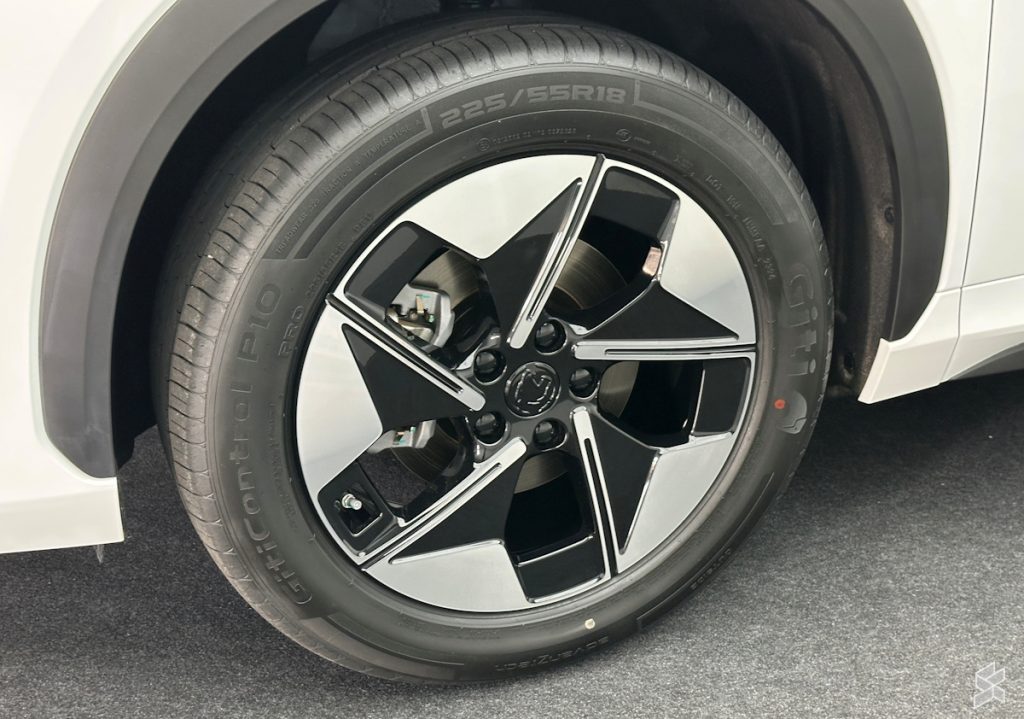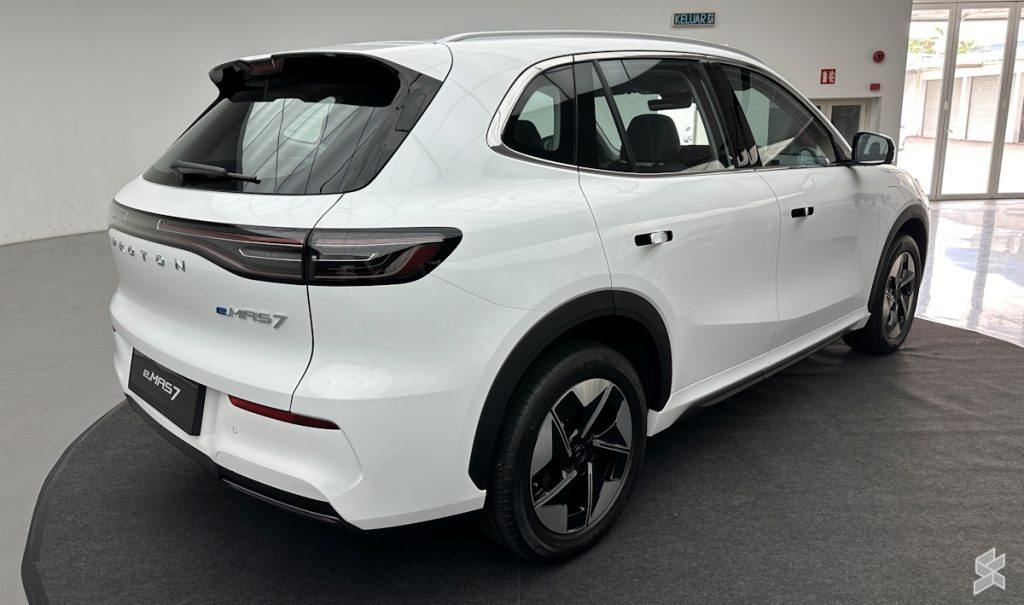OnePlus and Vivo are sister companies. They’re both under the BBK Electronics umbrella. In this article, we’ll check out two of the most powerful smartphones these two companies have to offer at the moment. We’ll be comparing the OnePlus 12 vs Vivo X100 Pro. Both of these phones technically launched last year. Their global variants did come a bit later, though. OnePlus’ global model arrived in Q1 this year and Vivo’s back in December.
Having said that, these two phones are not as similar as you may think. We’ll first list their specifications, as we usually do in these types of articles. Following that, we’ll compare their designs, displays, performance, battery life, cameras, and audio performance. That being said, let’s get to it, there’s plenty to talk about.
Specs
OnePlus 12 vs Vivo X100 Pro, respectively
– Screen size:
6.82-inch LTPO AMOLED display (curved, 120Hz LTPO, HDR10+, 4,500 nits)
6.78-inch LTPO AMOLED display (curved, adaptive 120Hz, 3,000 nits max brightness)
– Display resolution:
3168 x 1440
2800 x 1260
– SoC:
Qualcomm Snapdragon 8 Gen 3
MediaTek Dimensity 9300
– RAM:
12GB/16GB (LPDDR5X)
16GB (LPDDR5X)
– Storage:
256GB/512GB (UFS 4.0)
512GB/1TB (UFS 4.0)
– Rear cameras:
50MP (f/1.6 aperture, 23mm lens, 1.12um pixel size, Dual Pixel PDAF, OIS), 48MP (ultrawide, 14mm lens, 114-degree FoV, f/2.2 aperture, 0.8um pixel size, PDAF), 64MP (periscope telephoto, 0.7um pixel size, OIS, PDAF, 3x optical zoom, 6x “in-sensor” zoom)
50MP (f/1.8 aperture, 1.6um pixel size, PDAF, OIS, Laser AF), 50MP (ultrawide, f/2.0 aperture, 119-degree FOV, 0.64um pixel size, 15mm lens), 50MP (periscope telephoto, f/2.5 aperture, 0.7um pixel size, PDAF, 100mm lens)
– Front cameras:
32MP (f/2.4 aperture, 0.8um pixel size)
32MP (wide, f/2.0 aperture, 20mm lens)
– Battery:
5,400mAh
– Charging:
100W wired, 50W wireless, reverse wireless (charger included)
100W wired, 50W wireless, reverse wired (charger not included)
– Dimensions:
164.3 x 75.8 x 9.2mm
164.1 x 75.3 x 8.9mm
– Weight:
220 grams
225 grams
– Connectivity:
5G, LTE, NFC, Wi-Fi, USB Type-C, Bluetooth 5.4
– Security:
In-display fingerprint scanner (optical) & facial scanning
– OS:
Android 14 with OxygenOS 14
Android 14 with Funtouch 14
– Price:
$799.99+
€1,199
– Buy:
OnePlus 12 (Best Buy)
Vivo X100 Pro (Vivo)
OnePlus 12 vs Vivo X100 Pro: Design
Global variants of both smartphones are made out of aluminum and glass. There is a variant of the Vivo X100 Pro with a vegan leather back, but it’s only being sold in China. That being said, both smartphones have curved displays on the front, with really thin bezels. You’ll also notice a centered display camera hole on both of those panels. All their physical buttons are placed on the right-hand side, and they have similar placement too.
If we flip them around, you’ll notice different camera oreos back there. The OnePlus 12’s is smaller, and it’s moved to the top-left corner. The Vivo X100 Pro has a centered camera ireo, and that one also protrudes a bit more. The back sides on both smartphones are mostly flat, but they do curve towards the edges. The corners on both smartphones are rounded, and to a similar degree, actually.
These two phones have similar display sizes. The OnePlus 12’s panel is slightly larger. They are about the same height, while the OnePlus 12 is ever so slightly wider and thicker in comparison. They’re also very similar in terms of weight. Comparing their glass models results in a 5-gram higher weight of the Vivo X100 Pro. They feel basically the same in the hand when the weight is concerned. These two phones actually have a rather similar in-hand feel in general, to be quite honest. They are quite slippery, but they do feel like premium products.
The OnePlus 12 comes with an IP65 certification, while the Vivo X100 Pro offers an IP68 certification. So both of them do offer water and dust resistance, but the Vivo X100 Pro does have an edge in that regard.
OnePlus 12 vs Vivo X100 Pro: Display
The OnePlus 12 features a 6.82-inch QHD+ (3168 x 1440) LTPO AMOLED display. That panel is curved, and it has an adaptive refresh rate of up to 120Hz. Dolby Vision is supported here, and the same goes for HDR10+ content. The maximum theoretical display brightness on the OnePlus 12 is 4,500 nits. The screen-to-body ratio here is around 90%, while the phone’s display is protected by the Gorilla Glass Victus 2.

The Vivo X100 Pro, on the other hand, has a 6.78-inch 2800 x 1260 LTPO AMOLED display. That display is also curved, and it offers an adaptive refresh rate of up to 120Hz. This panel can project up to 1 billion colors, and it has a peak brightness of 3,000 nits. The screen-to-body ratio on the Vivo X100 Pro’s display is around 90%. The OnePlus 12 does have a higher PPI, in case you were wondering.
Both of these panels are great, and you basically can’t go wrong. Both of them are not only sharp enough, but they also get very bright in all conditions, even in direct sunlight. The touch response is very good on both, as are the viewing angles. Both panels are also quite vivid and offer deep blacks. There’s really not much to complain about here, not at all. You’ll be happy with either of the two panels.
OnePlus 12 vs Vivo X100 Pro: Performance
The Snapdragon 8 Gen 3 from Qualcomm fuels the OnePlus 12. OnePlus also included up to 16GB of LPDDR5X RAM inside of the OnePlus 12. UFS 4.0 flash storage is also on offer here. The Vivo X100 Pro is fueled by the MediaTek Dimensity 9300 processor. The phone also offers LPDDR5X RAM, 16GB of it, globally. UFS 4.0 flash storage is also on offer here. Neither phone offers storage expansion, by the way.
When it comes to their day-to-day performance, both phones more than deliver. They’re really fast when it comes to opening apps, browsing the Internet, consuming multimedia, jumping between apps, and so on, basically anything you can think of. The OnePlus 12 was a hair faster in some instances, but both are very fast so nitpicking like that makes no sense. There were some differences in the gaming department, though.
The OnePlus 12 has a great cooling system, and after about an hour of Genshin Impact, it managed to remain cooler than the Vivo X100 Pro. That chip on the inside could have something to do with it too. Despite the fact the Vivo X100 Pro got hotter, it never got too hot to use, nor did that affect the phone’s in-game performance. We did notice some frame drops, but that’s about it. Games that are a bit less demanding run outstandingly well on both devices.
OnePlus 12 vs Vivo X100 Pro: Battery
The OnePlus 12 has a 5,400mAh battery, as does the Vivo X100 Pro. With that in mind, the OnePlus 12 lasted a bit longer in our battery drain test. When it comes to general performance, it also offered more battery juice, at least during our usage. Both smartphones are capable of offering 7-8 hours of screen-on-time, while we were able to push the OnePlus 12 even beyond the 8-hour mark a number of times.
Do note that if you’re gaming or using your phone for graphically demanding tasks, those levels will be a bit lower, it all depends. Battery life usually differs vastly from one user to the next. We did use these phones in ideal conditions, with them being connected to Wi-Fi most of the time, and with good cell reception in general. The bottom line is, they do have great battery life, so just take note of that. Chances are you won’t be disappointed.
The chances are you won’t be disappointed in the charging department either. The OnePlus 12 supports 100W wired (80W in the US), 50W wireless, and 10W reverse wireless charging. The Vivo X100 Pro comes with support for 100W wired, 50W wireless, and reverse wired charging. Do note that the Vivo X100 Pro does not include a charger in the box, unlike the OnePlus 12, though.
OnePlus 12 vs Vivo X100 Pro: Cameras
The OnePlus 12 features a 50-megapixel main camera, a 48-megapixel ultrawide unit (114-degree FoV), and a 64-megapixel periscope telephoto camera (3x optical zoom). The Vivo X100 Pro, on the flip side, has a 50-megapixel main camera (1-inch sensor), a 50-megapixel ultrawide camera (119-degree FoV), and a 50-megapixel periscope telephoto unit (4.3x optical zoom).


Both devices have great camera hardware and are actually very compelling from the performance side of things too. They do provide different results, both are great in their own right. We preferred the colors from the OnePlus 12 more often than not, while the Vivo X100 Pro provided better portraits in our opinion. Both smartphones did a great job in good lighting. They provide plenty of details, and generally well-balanced images. The HDR performance was quite good from both.
Their secondary cameras did a good job of keeping up with the main ones. In our usage, the OnePlus 12 setup was a bit more reliable, in all honesty. Both smartphones did a great job in low light, and quite frankly traded blows from one image to the next. The Vivo X100 Pro did show better control of light sources during nighttime, it actually did a fantastic job with those. The OnePlus 12 was almost on the same level, though. They’re both great overall.
Audio
There are stereo speakers on both of these smartphones. The ones on the Vivo X100 Pro are a bit louder than the ones on the OnePlus 12, though. We also preferred the general sound output from those speakers, even though the ones on the OnePlus 12 are good as well.
Neither phone offers an audio jack. You can utilize their Type-C ports to connect your headphones, though you’ll need a dongle. If you do go wireless, however, the good news is that both smartphones support Bluetooth 5.4.



